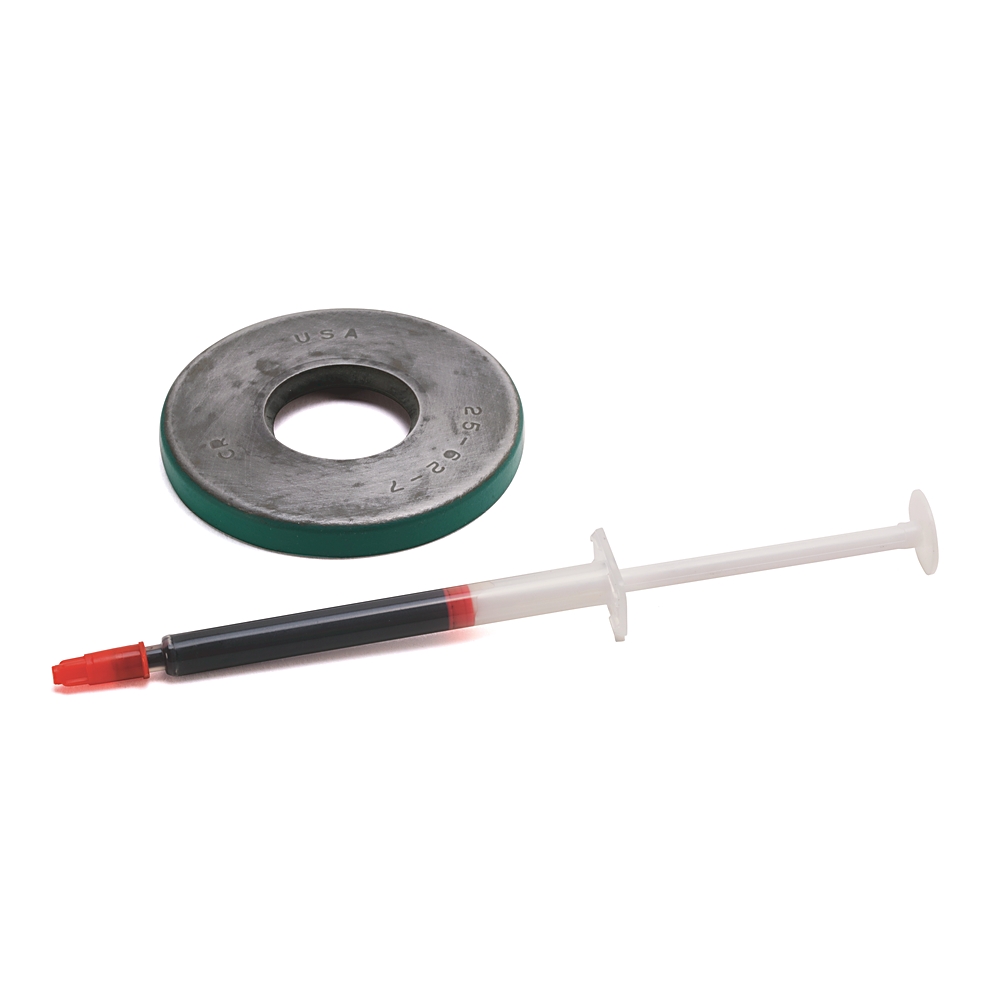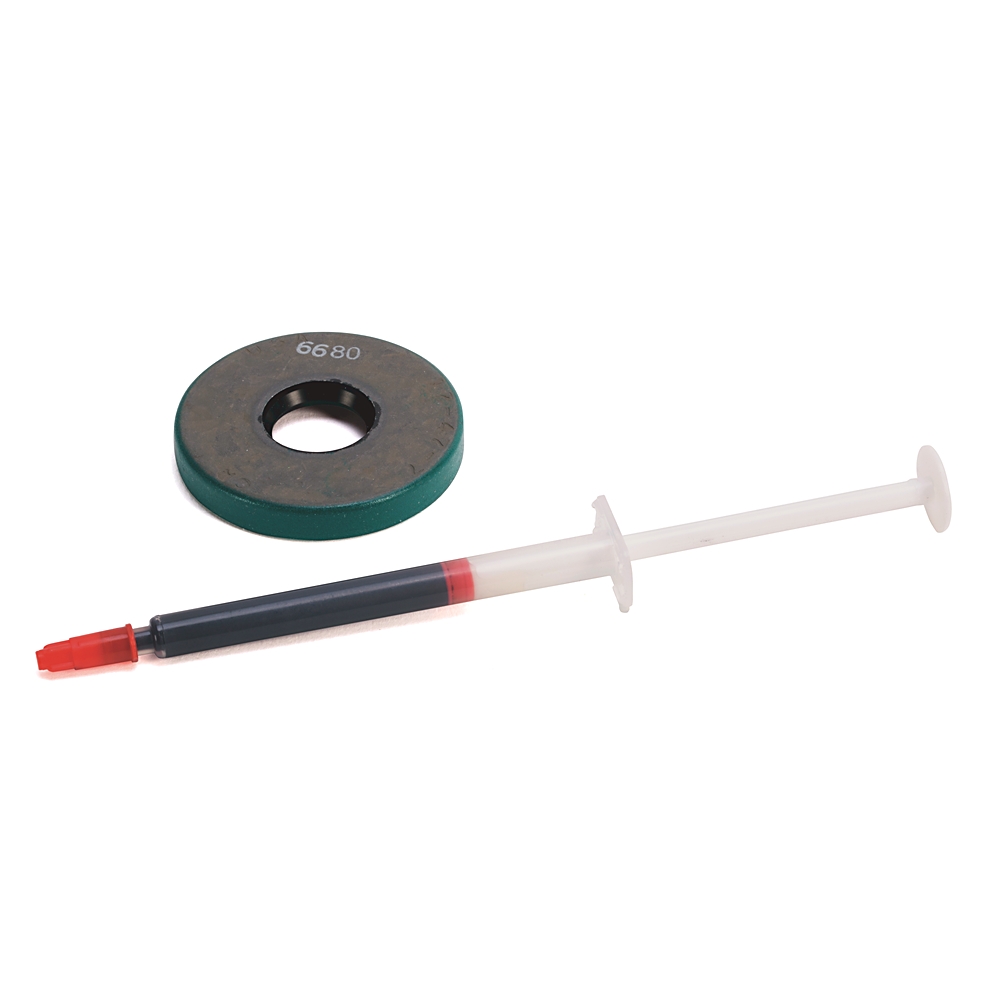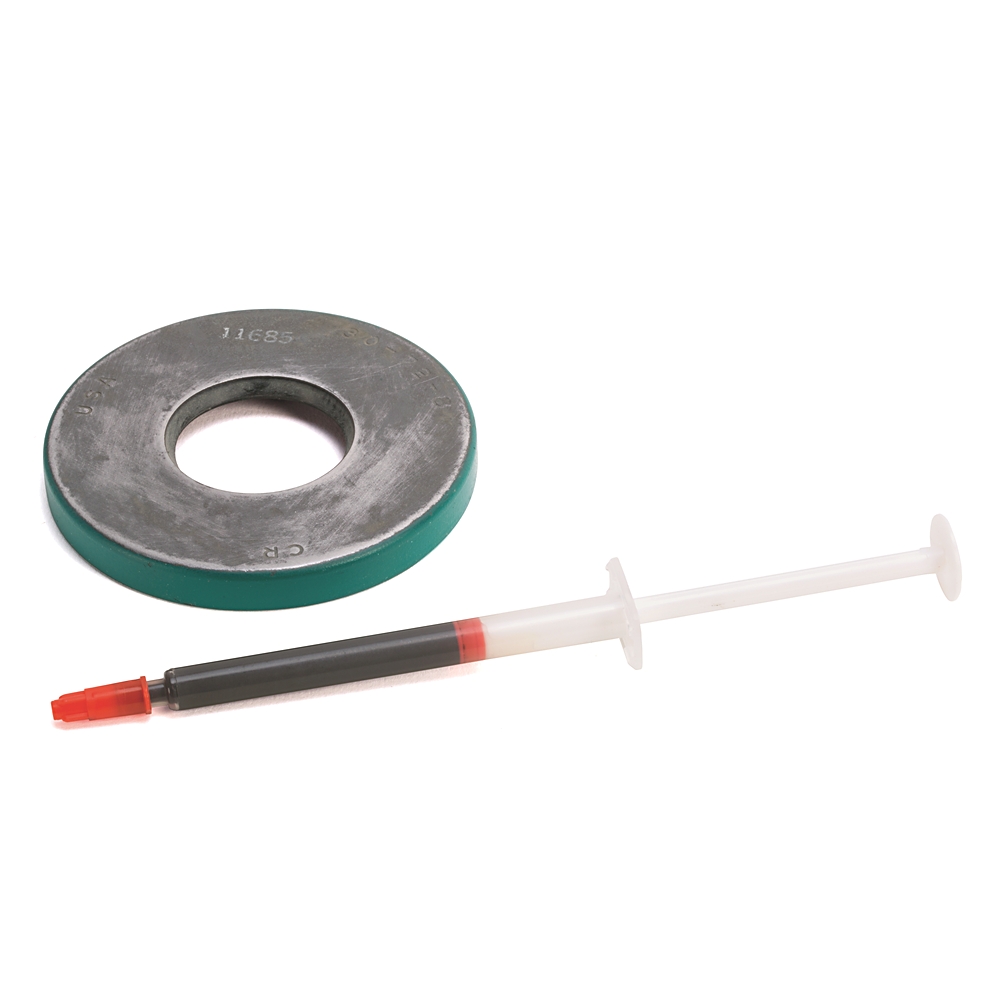Drive Seals
Drive shaft seals close gaps between an electrical drive’s moving and stationary components. They serve two purposes. They keep contaminants from getting into the drive and prevent lubricants, such as oil, from leaking out. The type of shaft seal you need depends on your application.
-
 Allen-Bradley
Allen-BradleyMPL-SSN-A4B4: Allen-Bradley MP-Series Shaft Seal
- Model #:
- MPL-SSN-A4B4
- UPC #:
- 66245389367
- Part #:
- MPL-SSN-A4B4
- New/Surplus $ 95
- Refurb. Price $67 Save up to $ 28
- Repair Price $48 Save up to $ 47
-
 Allen-Bradley
Allen-BradleyMPL-SSN-A5B5: Allen-Bradley MP-Series Shaft Seal
- Model #:
- MPL-SSN-A5B5
- UPC #:
- 66245389368
- Part #:
- MPL-SSN-A5B5
- New/Surplus $ 108
- Refurb. Price $76 Save up to $ 32
- Repair Price $54 Save up to $ 54
-
 Allen-Bradley
Allen-BradleyMPL-SSN-A3B3: Allen-Bradley MP-Series Shaft Seal
- Model #:
- MPL-SSN-A3B3
- UPC #:
- 66245389366
- Part #:
- MPL-SSN-A3B3
- New/Surplus $ 87
- Refurb. Price $61 Save up to $ 26
- Repair Price $44 Save up to $ 43
-
 Allen-Bradley
Allen-BradleyMPL-SSN-F63F75: Allen-Bradley MP-Series MPL Shaft Seal Kit
- Model #:
- MPL-SSN-F63F75
- UPC #:
- 82091965735
- Part #:
- MPL-SSN-F63F75
- New/Surplus $ 71
- Refurb. Price $50 Save up to $ 21
- Repair Price $36 Save up to $ 35
-
 Allen-Bradley
Allen-BradleyMPL-SSN-F165: Allen-Bradley MP-Series Shaft Seal
- Model #:
- MPL-SSN-F165
- UPC #:
- 66245396992
- Part #:
- MPL-SSN-F165
- New/Surplus $ 105
- Refurb. Price $74 Save up to $ 31
- Repair Price $53 Save up to $ 52
What Is a Shaft Seal?
Shaft seals slide onto rotating shafts and protect them from leakage. Rotating shafts often contain lubricant or oils to prolong the life of the device. Lubricants help minimize friction, reducing wear and tear on a piece of equipment. Oil also reduces friction and helps prevent overheating.
Sometimes called lip seals, shaft seals typically consist of two parts. First is the outer layer, which can be made from steel or rubber. Inside is a lip, which can consist of plastic or rubber. Rubber is often the preferred material for the outer layer, as it expands in high temperatures, creating a better seal. Rubber is also rust resistant.
Steel also has its advantages. Most notably, steel shaft seals are more cost effective. However, they can be more prone to leaks, especially if the housing and shaft have different thermal expansion properties.
Shaft steels compress the surface where they are installed. The lip of the seal surrounds the shaft, creating a tight seal. The more pressure there is on the lip, the more it expands. Increased pressure ends up producing an even tighter seal.
Benefits of a Drive Shaft Seal
The primary benefit of drive shaft seals is that they prolong motor life. They are beneficial when installed in motors your company uses in areas exposed to dust, oils and other fluids. While you may have to replace shaft seals occasionally, doing so is typically much more cost-effective than replacing an entire motor.
Choosing the Right Drive Shaft Seal
The most important thing to consider when replacing or installing a new drive shaft seal is the size of the seal in relation to the shaft size. A seal that is significantly larger than the shaft of the motor won’t create a tight seal and won’t be effective.
While smaller is usually better, don’t go too small when selecting your seal. If the seal’s diameter is considerably smaller than that of the shaft, you will have difficulty installing it.
Installing a Drive Shaft Seal
When you install a drive shaft seal, it needs to be positioned correctly to provide the greatest protection. Often, you’ll want to place the seal so that it is just below or flush with the motor’s front surface. Installing it too far or not far enough will impact its effectiveness.
When installing a new seal, be careful when handling the motor. While you may use a hammer to tap the seal into place, be sure not to use too much force to avoid damaging the seal or motor.
Contact Global Electronic Services for Shaft Seal Repair and Replacement
Global Electronic Services has a large selection of new, refurbished and surplus parts. Contact us today to learn more about our drive shaft seal options and repair services.